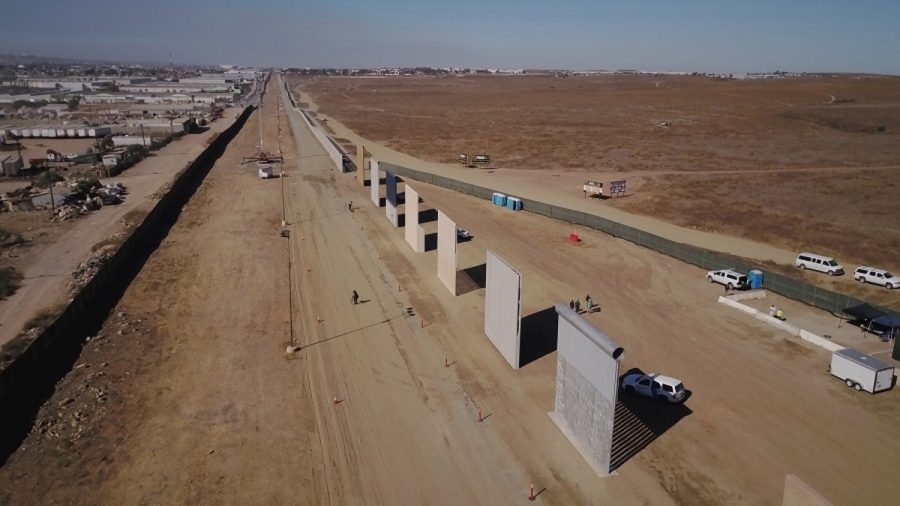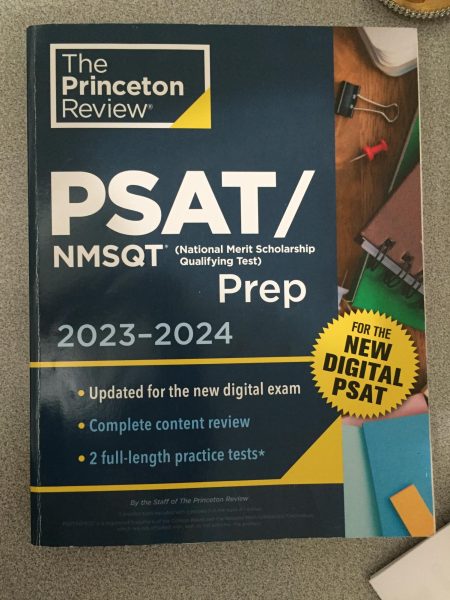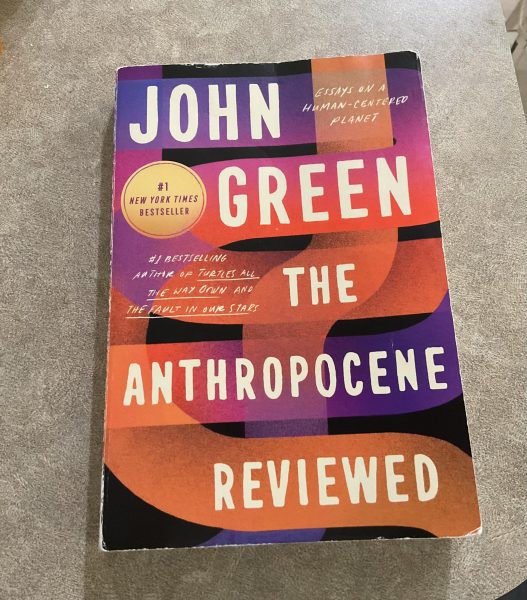‘More than just a drug problem’
Government actions fail to stem root of opioid epidemic
NOT ENOUGH. The Trump administration has taken on a “just say no” campaign. The main solution the president has been advocating for is his border wall. However, it will take more to combat this epidemic.
“America will not overcome this epidemic overnight. But just like Americans always will – I do think we have to change our ways, and we will – but we will prevail. We’re going to beat it.
“We’re going to get tough, we’re going to get angry, and we’re going to win,” said President Donald Trump during his visit to Sheffer Corporation on Feb. 5.
The opioid epidemic has been a persisting issue plaguing the country since the 1990s, though much of it has gone with little awareness until the past few years. And it has only been getting worse.
According to the Centers for Disease Control and Prevention (CDC), drug overdoses killed 63,600 Americans in 2016, 21 percent more drug deaths than 2015.
The devastation caused by the opioid epidemic was so great that the life expectancy in the U.S. fell for the second year in a row.
If the use of synthetic opioids like fentanyl continues to grow at the current rate, Stat News forecasts that more than 650,000 Americans will die from drug overdoses over the next decade.
According to the CDC, about 40 percent of opioid deaths in 2016 involved prescription painkillers, drugs made by pharmaceutical companies. This is five times higher than in 1999.
In fact, prescription opioid sales nearly quadrupled from 1999 to 2014; these drugs should only be prescribed to cancer patients or those with acute pain, but only 20 percent of sales actually fit this bill.
This overprescription has fed the growing opioid epidemic. Recent statistics released by the National Institute on Drug Abuse found that about 50 percent of young people who are addicted to heroin have abused opioid prescriptions first.
Yet while large pharmaceutical companies profit off opioid deaths and addictions, Trump continues to blame the crisis on Mexican drug dealers.
“My take is, you have to get really, really tough – really mean – with the drug pushers and the drug dealers…We have to get a lot tougher than we are.
“And we have to stop drugs from pouring across our border,” Trump said at his Sheffer Corporation event.
Yes, the flow of heroin into the U.S, from Mexico is a major problem. According to the U.S. Drug Enforcement Administration (DEA), the amount of heroin confiscated at the border quadrupled from 2008 to 2014.
But drugs being brought over the border are only part of the problem. And the“drug pushers” and “drug dealers” are just middlemen.
Furthermore, not all drugs being brought into the U.S. come over land borders. Drugs such as fentanyl, a major cause behind overdoses, are being shipped directly to the U.S. from China.
But drug dealers and drugs from other countries are not what is driving more than 1000 people each day to hospital emergency rooms across the country for opioid prescription abuse. Pharmaceuticals industries are.
And despite the vastness of the opioid crisis, the federal government appears to be unequipped to handle the epidemic.
From the recent resignation of Dr. Brenda Fitzgerald, the director of the CDC, to the lack of a permanent “drug czar” at the Office of National Drug Control Policy (ONDCP), it seems that the government is actually taking a few steps backward.
President Trump claims to be focused on enforcement rather than treatment when it comes to combating opioids.
But in his State of the Union address, he spent a mere 49 seconds out of the 80-minute speech on the opioid epidemic. And he did not even offer a concrete policy proposal for combating the crisis.
Instead, since taking office, there have been more policies promoted that would aggravate the epidemic rather than mitigate it.
The president has called for reducing spending on preventative anti-drug measures, proposed cutting the budget for the ONDCP by 95 percent, nominated the inexperienced Kellyanne Conway as the head of his opioid agenda, and ignored his own opioid-commission’s recommendations.
He has also failed to appoint the head of the DEA and tried to pass trillion-dollar cuts to Medicaid, a top source of funding for addiction treatment in the U.S.
And ever since he declared the epidemic as a “public health emergency,” no additional money has been appropriated in the budget for the crisis and no action has been taken.
The lack of federal action in combination with the worsening epidemic has forced cities and states to take matters into their own hands. They have begun to sue the manufacturers and distributors of opioid prescription drugs.
“More New Yorkers have died from opioid overdoses than car crashes and homicides combined in recent years. Big Pharma helped to fuel this epidemic by deceptively peddling these dangerous drugs and hooking millions of Americans in exchange for profit.
“It’s time for holding the companies accountable for what they’ve done to our City, and help save more lives,” said Mayor Bill de Blasio in a release.
But more needs to be done if there is to be any hope of combating this massive epidemic.
Both Republicans and Democrats must join together in articulating and promoting alternative policies to counteract the rise in opioid-related addiction and deaths such as medication-assisted treatment, which has been proven effective in various research studies conducted over the decades.
After all, it will take more than just physical walls to win this war on opioids.
Sources:
- washingtontimes.com/news/2018/jan/30/ap-fact-check-trump-on-opioid-epidemic/
- motherjones.com/politics/2018/01/fact-check-trump-has-done-virtually-nothing-to-combat-the-opioid-epidemic/
- npr.org/sections/health-shots/2018/02/07/584059938/trump-says-he-will-focus-on-opioid-law-enforcement-not-treatment
- alternet.org/drugs/trump-mean-drug-pushers-what-about-big-pharma
- statnews.com/2018/02/01/opioid-trump-state-of-the-union/
- statnews.com/2017/06/27/opioid-deaths-forecast/
- thedailybeast.com/trump-swore-hed-stop-the-opioid-crisis-his-administration-is-barely-trying
- 1.nyc.gov/office-of-the-mayor/news/054-18/mayor-de-blasio-lawsuit-against-nation-s-largest-opioid-manufacturers-distributors#/0
- nytimes.com/2017/10/26/us/politics/trump-opioid-crisis.html
Your donation will support the student journalists of Sycamore High School. Your contribution will allow us to purchase equipment and cover our annual website hosting costs.









![Mock Trial members from Gold and Green team last year pose for a picture in front of the OCLRE building in Columbus. "We all put in so much work [last] year. I know [this] year we’ll come back improved and ready to win!” said Ogunbodede.](https://shsleaf.org/wp-content/uploads/2025/10/IMG_4121-600x411.jpg)


